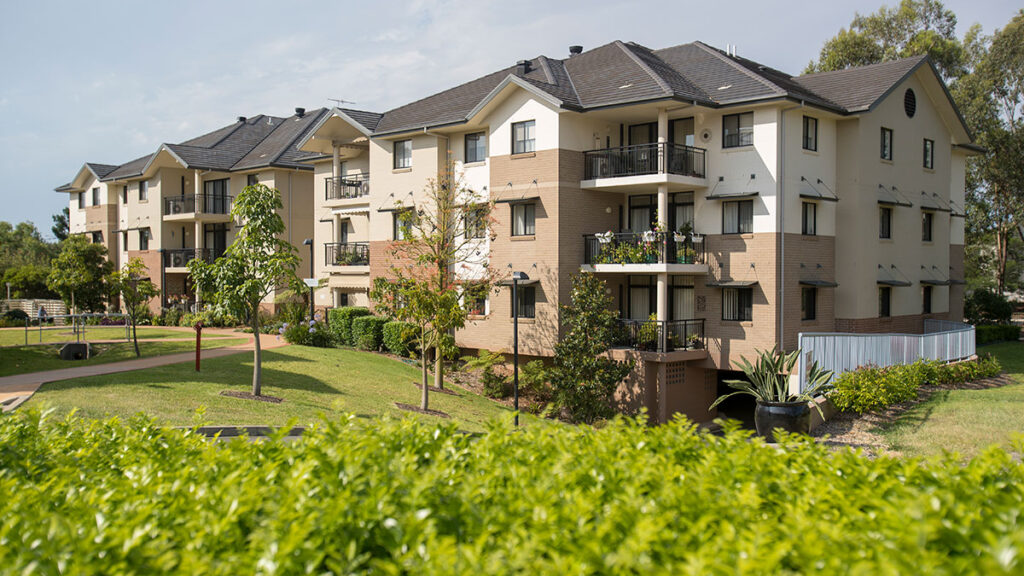We make it easy for you to understand your retirement village costs
All retirement villages have various costs, aside from the cost of your new home. However, you’re buying more than a new home, you’re buying a lifestyle and peace of mind that comes with taking care of your needs – now and into the future.
You can think of the costs in three easy-to-understand stages.


